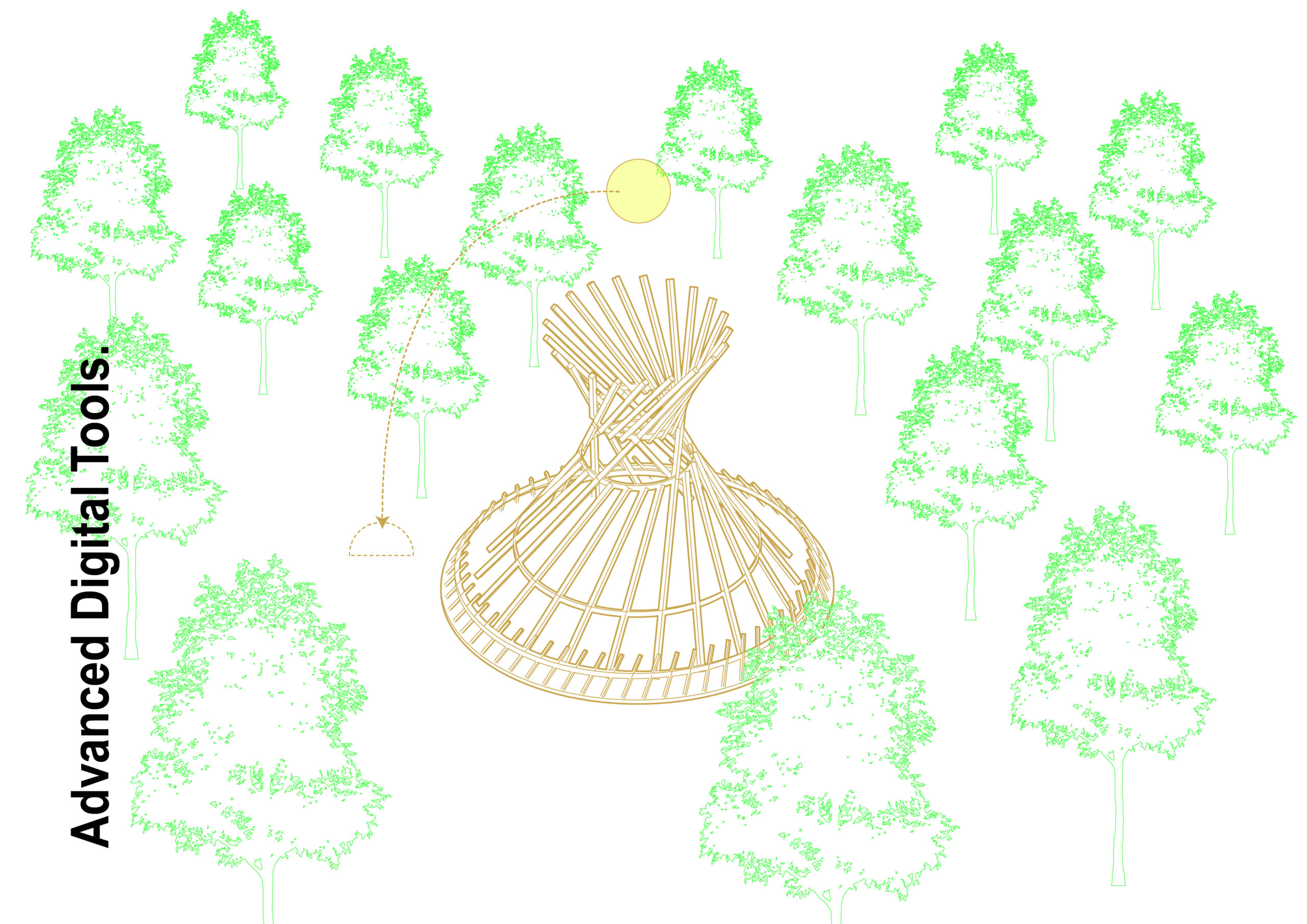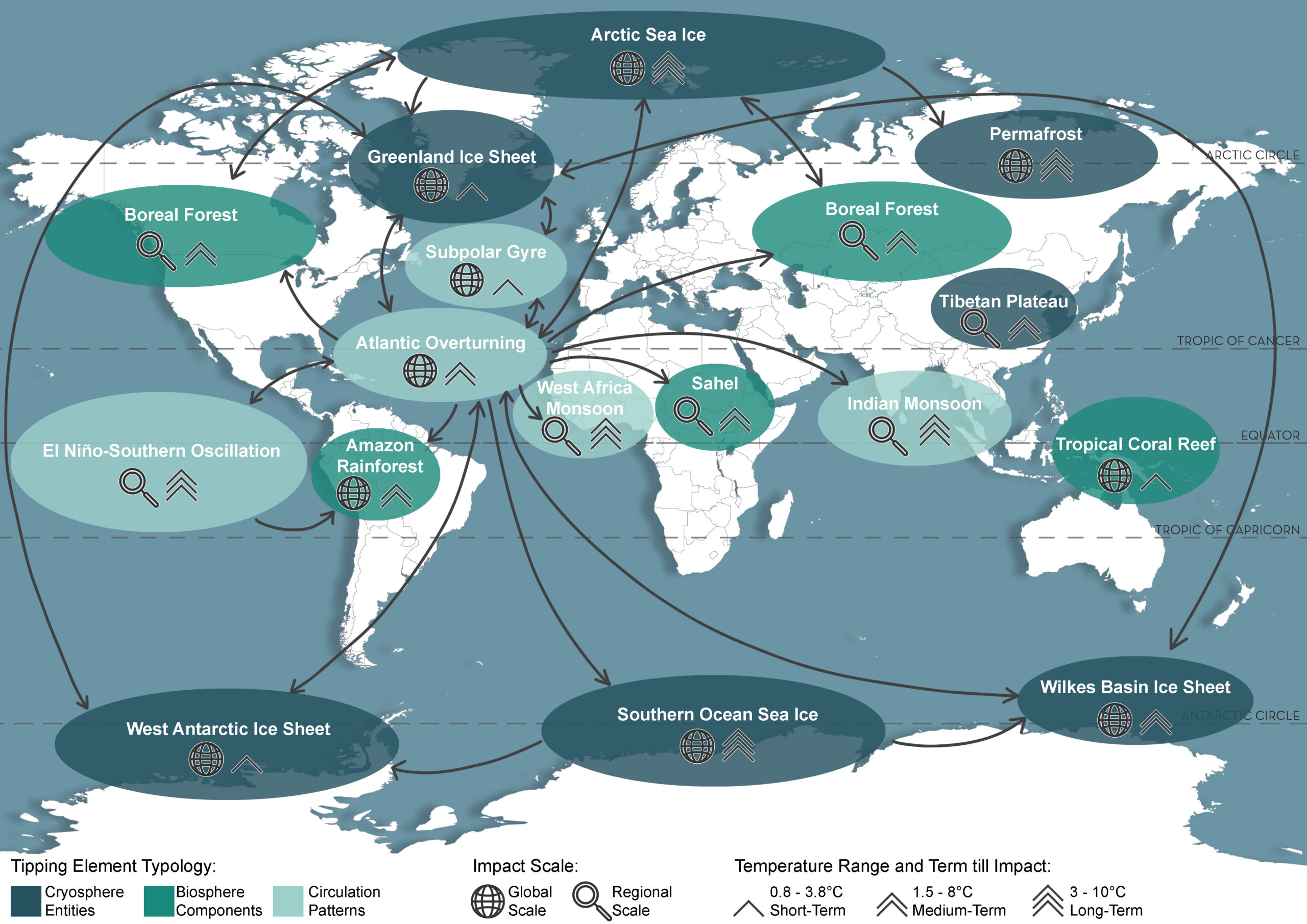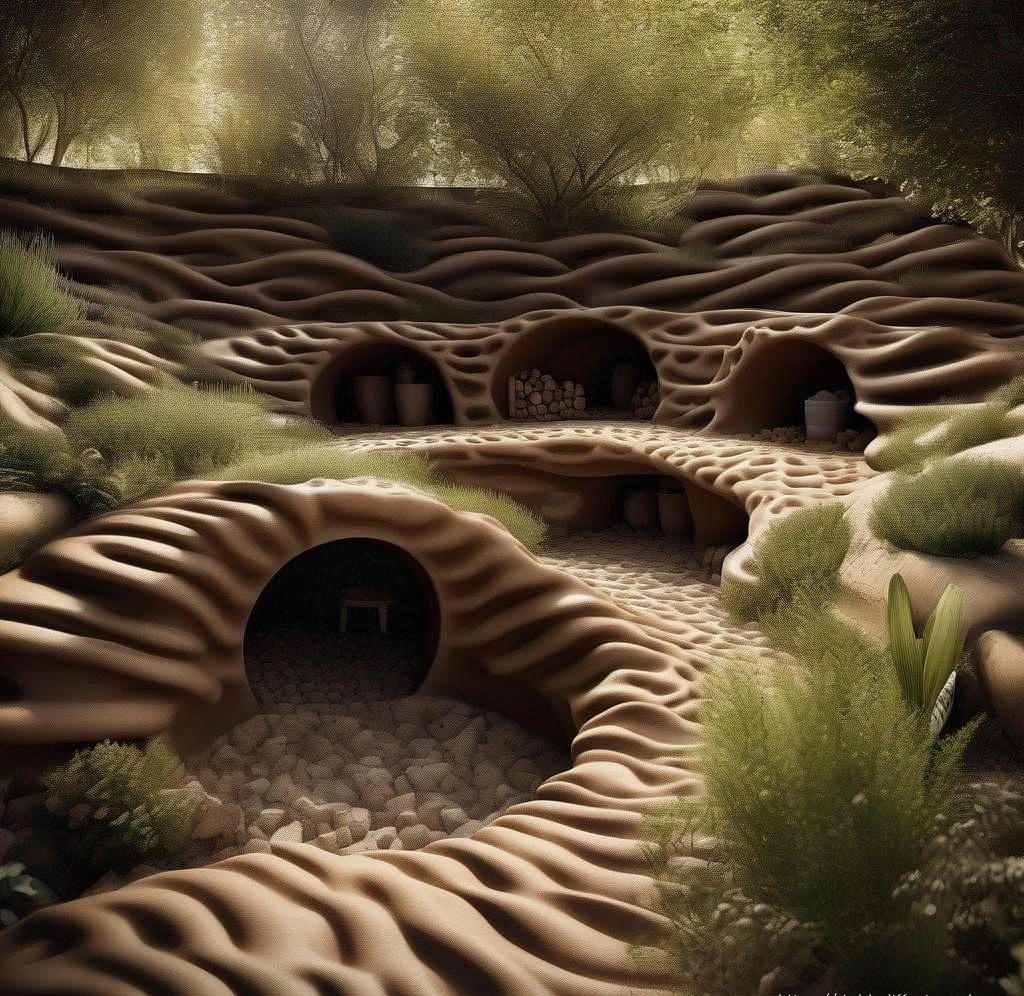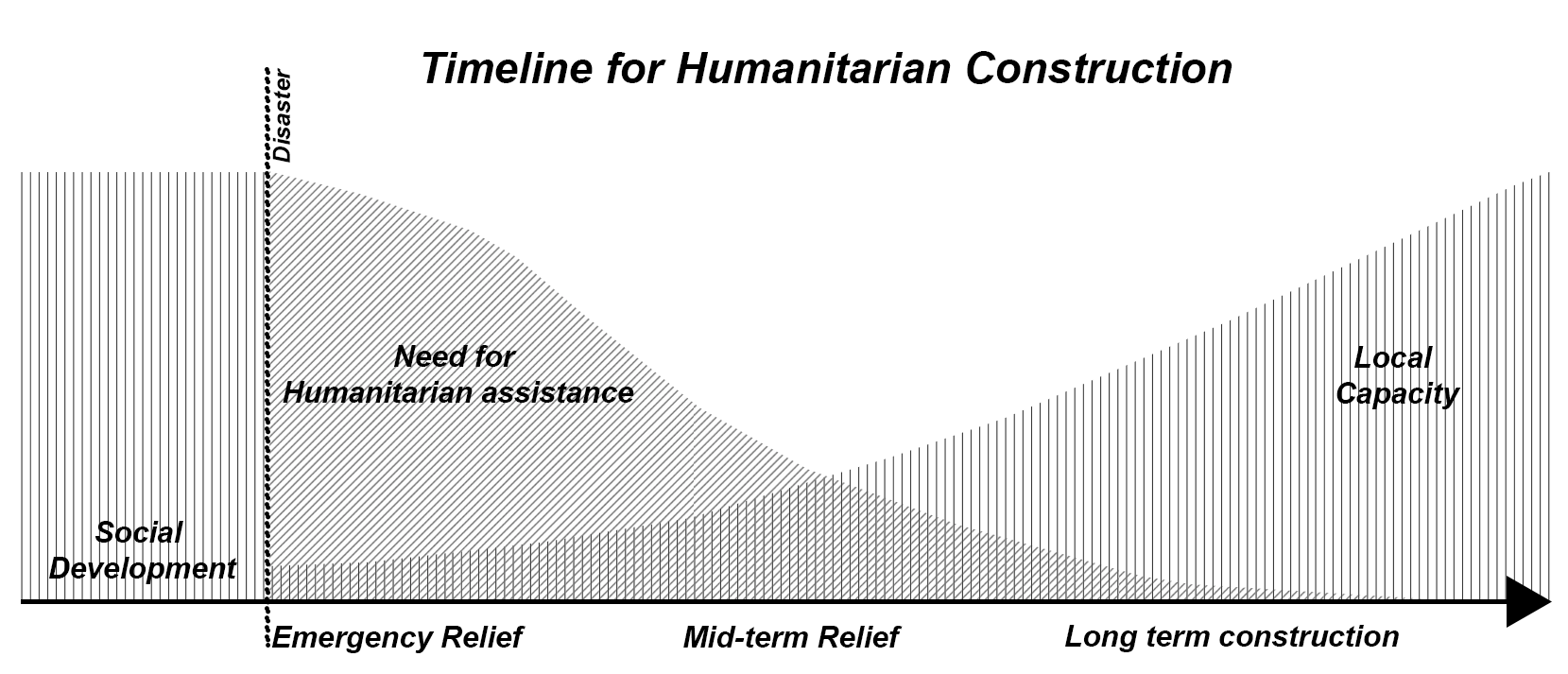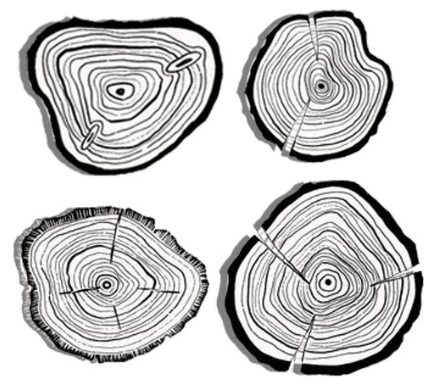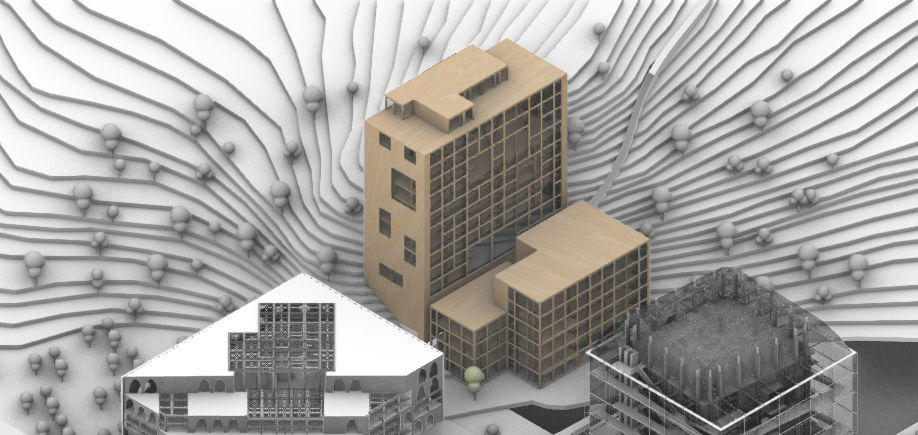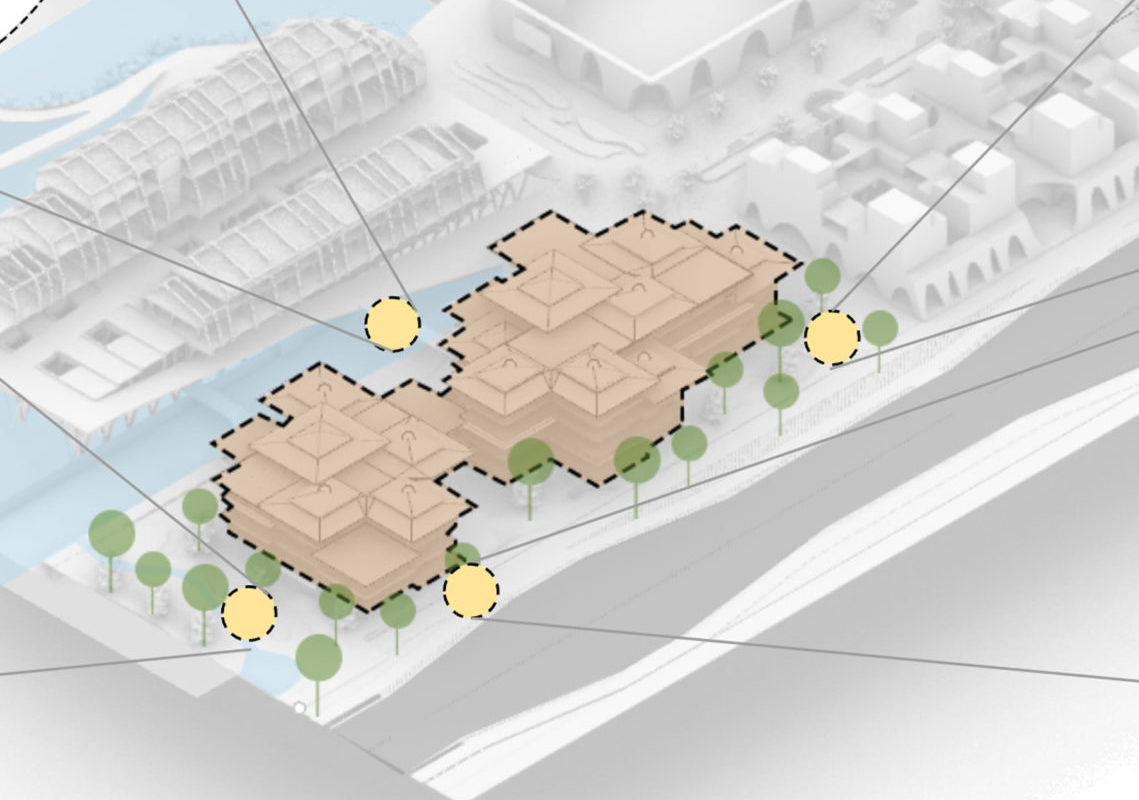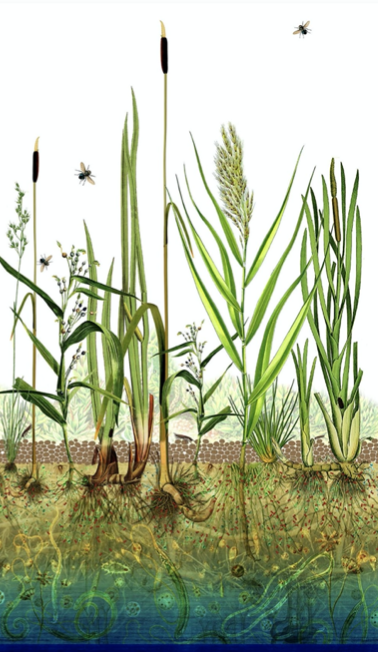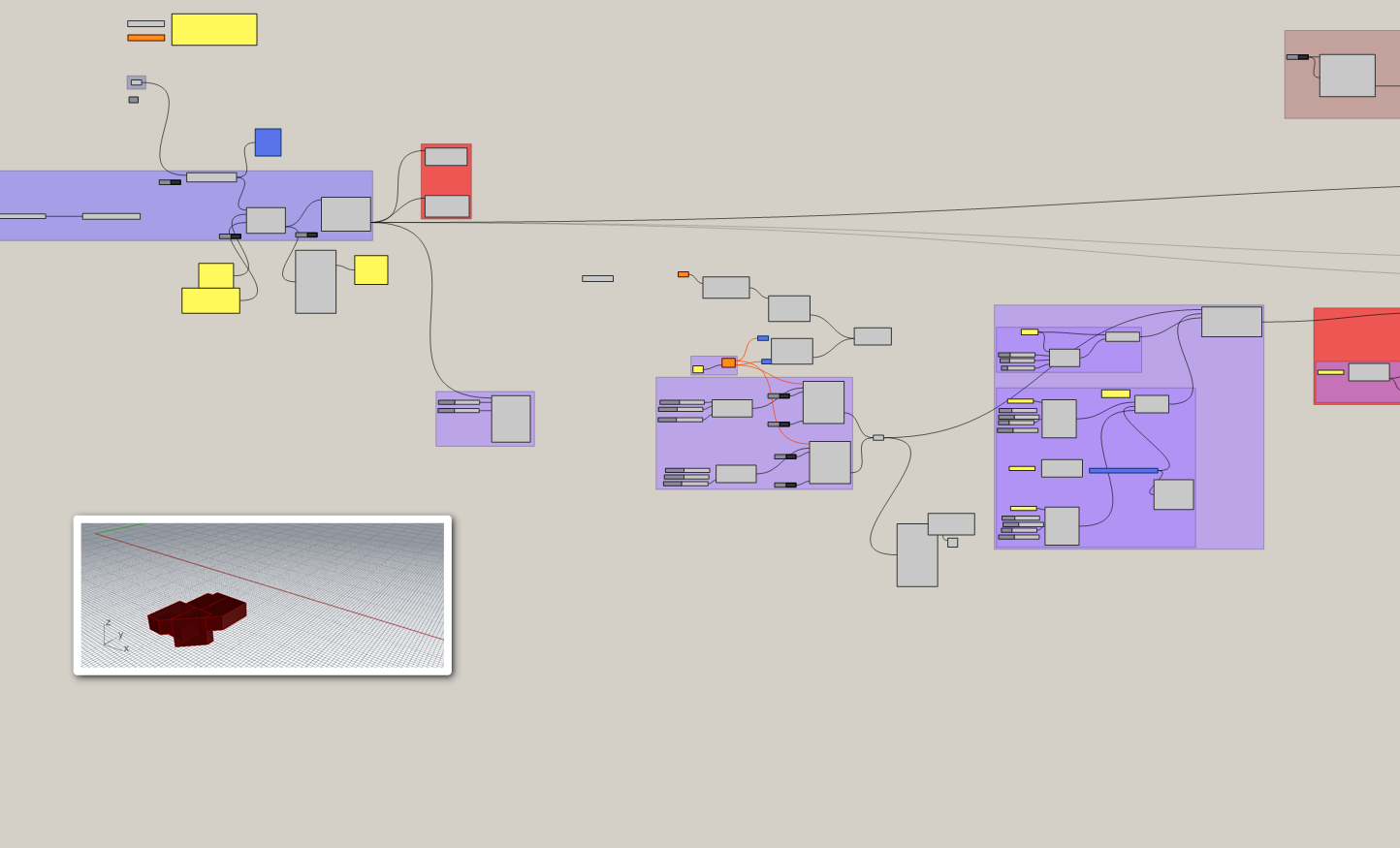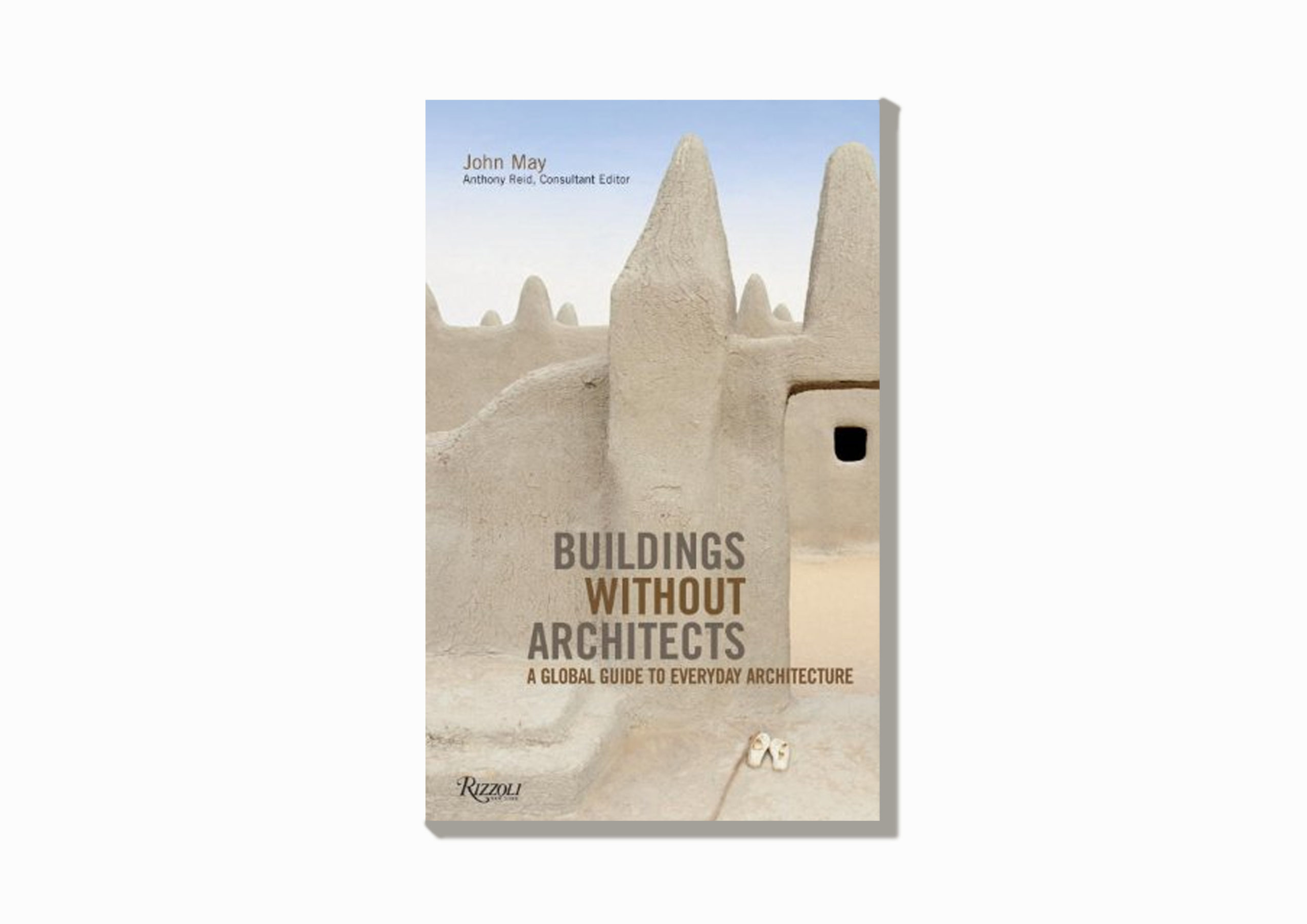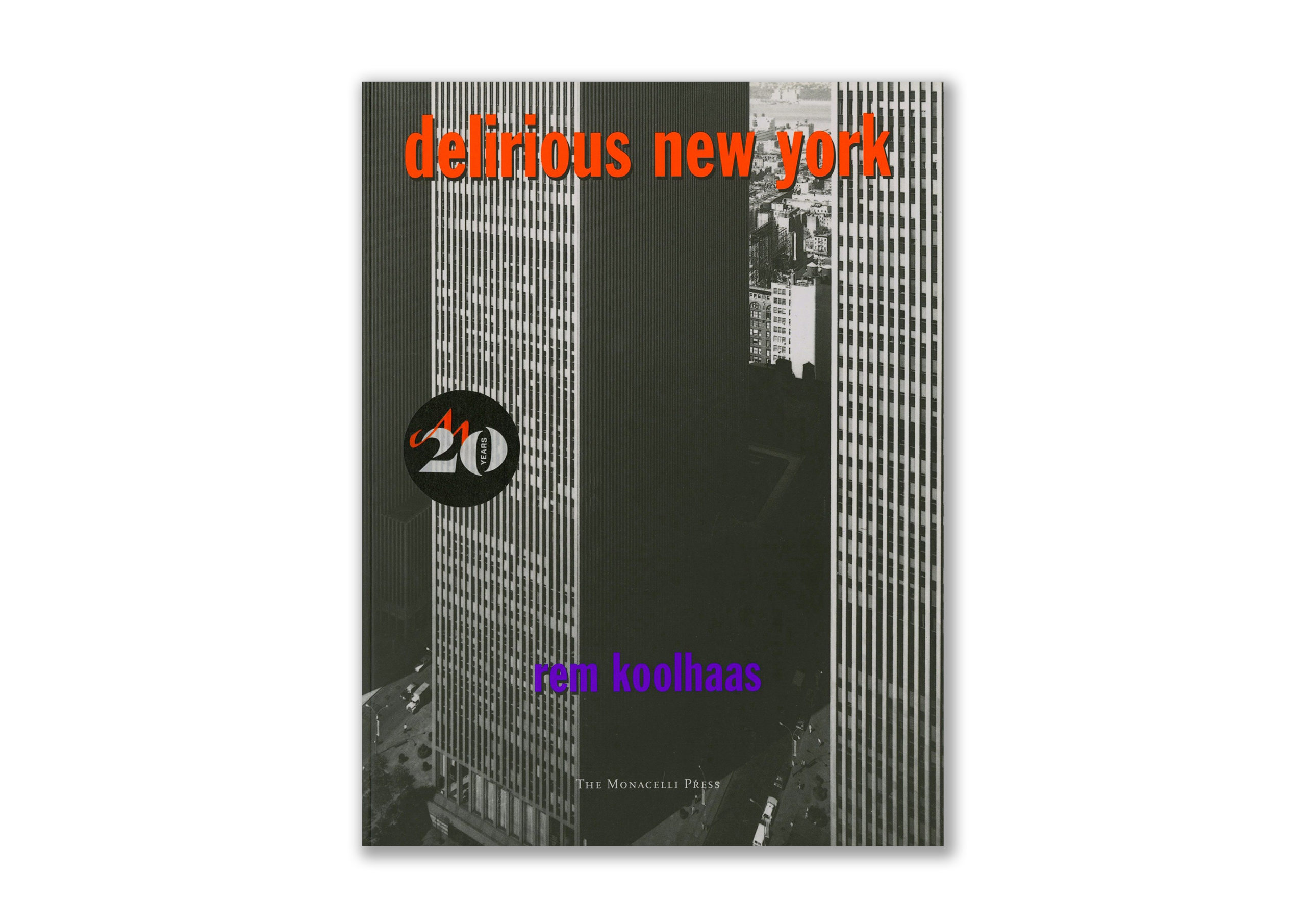The Master in Advanced Ecological Buildings and Biocities (MAEBB) postgraduate program is an 11-month immersive academic program focused on learning how to design and build a new generation of buildings and cities to respond to the planet’s emerging climate challenges. The program is carried out in Valldaura Labs, in Barcelona, a 135 He property located in the Collserola forest. Here, students will live and work surrounded by nature while using the most advanced technologies and design techniques in the pursuit of what is also IAAC’s long term initiative, to create self-sufficient and ecological environments.
Defining Biocities | Words defined by Hans Joachim Schellnhuber
Defining BioCities is set to be the second addition to the First series titled ” The Metapolis Dictionary of Advanced Architecture”. The book was published 25 years ago and since then the world has transitioned into the age of sustainability and regenerative design. For the same, the new edition looks into the compilation of words, … Read more
Introducing need for Bionook
Abstract In response to urgent carbon mitigation challenges and biodiversity loss, a paradigm shift toward manufacturing symbiosis and circular bio-economy is crucial for ecologically sensitive design in urban ecosystems. This study explores the transformative potential of a 3D-printed urban Bionook, incorporating layers of Cross-Laminated Timber (CLT) with a natural-locally sourced soil admixture, to enhance strength, … Read more
Defining Biocities
Life cycle Assessment Synonyms: Life cycle analysis Noun Life cycle assessment (LCA) is a tool to evaluate possible environmental effects at every stage of a product’s (which can be commodities, technologies, or services) life cycle, from acquiring natural resources through production and consumption to waste management (including disposal and recycling). Four Components of Life-cycle Analysis … Read more
LIFECYCLE OF WOOD
Deconstruction involves the systematic dismantling of buildings to recover valuable materials such as wood, metal, glass, and concrete. This approach prioritizes the preservation of materials for reuse, recycling, or upcycling, diverting a substantial amount of waste from landfills. The extracted materials form the basis of material banks, which act as repositories for salvaged construction elements. … Read more
C O R K O O N
‘Corkoon’ is a design proposal by a group of six students from MAEBB 2022-23 for the final thesis design of a Mobile home. The project aims to cater to the materiality aspects of a mobile home which we try to achieve by bio-mimicking the principles of a caterpillar in its chrysalis where it goes on … Read more
DZONGHA | Urban Interventions
The Site chosen is Paro, Bhutan is a place of rich culture, high environmental values, and beautiful nature. For the design of a place to learn and exchange traditional handicraft techniques and knowledge, our building follows design values to enhance the space by efficient, environmentally-sound choices. In the first layer of design, we studied and … Read more
THE NEST | Urban Intervention
The design began with the process of understanding the culture, the climate and the people of Accra, Ghana. The design is based in a tropical climate where the temperatures and the humidity are high. This design was then set in a Metaversal city that was a culmination of 6 sites from different regions of the … Read more
Tabrizian Tapestry: Metabolic Systems Water
Rated under the World Water Pressure Map, Iran has an extremely high risk level of water stress assessment and the ratio of withdrawls to supply in a 2040 forecast. For our building Tabrizian Tapestry, we have created the following study and water management assessment through the following strategies: 1. CONSTRUCTED WETLANDS: Through subsurface flow constructed … Read more
Tabrizian Tapestry _ Metabolic Systems Energy
Tabrizian Tapestry becomes a self-sufficient building with the usage of photovoltaic cells on the roof’s building. Simultaneously, the cell’s surface function as rain water collecting area. CLIMATE ANALYSIS:
Tabrizian Tapestry: Ecosystemic Structures
We believe in creating structures that not only meet functional requirements, but also celebrate and pay homage to local architectural traditions. With this in mind, we have taken inspiration from the iconic domes of Iran and integrated them into our design. Our building incorporates a unique bazaar on the ground floor, featuring a series of … Read more
Tabrizian Tapestry: Resilient Envelopes
In terms of implementing the concept of Resilient envelopes in Tabrizian Tapestry, the envelopes have been developed, driven by specific sustainable constructive systems, and integrating materiality with specific origin and composition, as well as ample room for maneuver in terms of performativity, recyclability, bio-degradability, longevity. Advanced CLT balloon frame with Brick facade clad in north … Read more
BUILDINGS WITHOUT ARCHITECTS: A Global Guide to Everyday Architecture by John May | Ecological Thinking
This blog is a review of the book, Buildings without Architects: A Global Guide to Everyday Architecture by John May. The book is a culmination of 60+ different styles of vernacular architecture ranging from different materials and different regions of the world. “Architecture should speak of its time and place, but yearn for timelessness.” – … Read more
DELIRIOUS NEW YORK: A Retroactive Manifesto for Manhattan by Rem Koolhaas | Ecological Thinking II
This blog is a review of the book “Delirious New York” written by Rem Koolhaas. “The future is no longer about power, but about bandwidth.” Rem Koolhas Rem Koolhaas wrote a novel titled “Delirious New York” that outlines the evolution and background of Manhattan’s design and urbanism. Koolhaas wrote this book because he desired to … Read more
BIOMIMICRY in ARCHITECTURE by Michael Pawlyn | Ecological Thinking II
This blog is a review of Michael Pawlyn’s book, Biomimicry in Architecture. “Biomimicry is a powerful innovation tool that allows architects to go beyond conventional approaches to sustainable design and deliver transformative solutions we need.”-Michael Pawlyn The book “Biomimicry in Architecture” by Michael Pawlyn introduces the term biomimicry and how it can impact architecture. The … Read more

